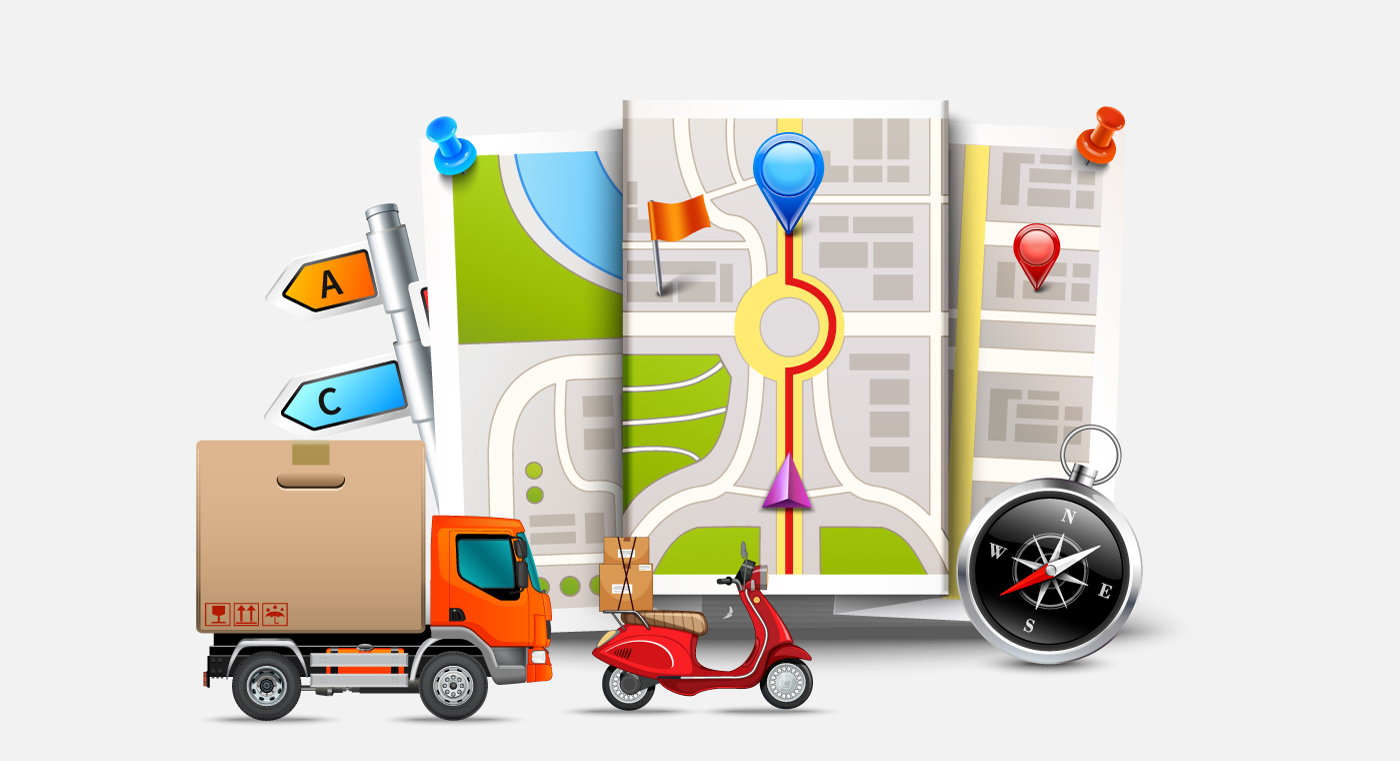A business that relies on delivering items to their customers are always looking for the best ways to make their drop offs more efficient and timely. Digital route planning can be quite the challenge if you lack any tools or solutions that can help your business grow more times over.
We’ll take a look at how you can streamline brand deliveries so you can increase customer satisfaction and create a positive reputation of a business that goes above and beyond for new and recurring customers. – so let’s take a look at what you need to know.
What Kind of Role Does Digital Route Planning Play With Brand Deliveries?
Digital route planning will ensure that your brand deliveries are successful. No matter what fleet size you boast or how much you move around on any given day, route planning is one of the things your business can’t operate without.
As such, using tools that will make every delivery efficient will be key. This can include Google Maps so you will be able to know where to drop off a delivery. There are plenty of Google Maps tips for multi-destination trips that you can use to your advantage so you can make sure not just one customer gets their delivery on time, but everyone else within a certain route.
What Challenges Exist in Logistics Planning?
While planning delivery logistics do have their benefits, there are challenges that need to be addressed regularly. However, some of these are created well outside of our control such as traffic conditions, weather, and other factors. The best thing to tackle these challenges is to work around them.
Here’s what challenges are common in logistics planning and why:
- Complex routing for multiple destinations: This is where you might be managing multiple drop-off points while not having an optimized route in place. As such, this can lead to issues like increased fuel consumption, delays, and also less satisfied customers.
- Traffic conditions: Depending on the time of day, traffic conditions may differ. Heavy traffic times tend to occur before and after the normal business hours (or rush hours). Lunch hours from noon to 1pm may also be times where traffic conditions may be heavier. As such, planning routes during such times may require extra attention to detail (and also planning tools that will automate the process for you).
- Limited real-time tracking: The tools you may have or lack thereof could have little to no real-time tracking features. This means there will be less live updates that may be vital for communicating with your customers.
- High operational costs: Indeed, route planning that is inefficient can lead to many operational costs. They add up over time and can really put a strain on your business finances. To the point where you may need to make tough decisions to save your business from going under.
It is important to make sure each of these challenges are met accordingly. This includes investing in tools that will allow for efficient route planning or even considering autonomous delivery services. The benefits will include saving your business money on operational costs, satisfied customers, and a lesser environmental impact (which is important in today’s business world where sustainability is key).
Tools like Google Maps and Circuit can be worthy investments. When using these tools together, you’ll be able to make sure that you and your delivery team are able to get every item dropped off to your customer on time and every time. If there are potential delays or late deliveries, you can communicate with the customer accordingly to let them know what’s going on and what may cause such delays.
Steps To Take For Implementing Digital Route Planning
Now that you are aware of what challenges that exist, we will discuss the following steps you need to take as a business owner for digital route planning. Let’s take a look at what they are:
- Assess your needs: Take a look at the current scale of deliveries that you make regularly. What are the pain points that exist in your logistics strategy? What could improve?
- Invest in the right tools: Google Maps and Circuit for Teams will be your best options here when it comes to improving digital route planning. This will depend on the size of your delivery team along with other factors such as the performance and quality of the tools (especially if it’s a fit for your budget).
- Train your team accordingly: Once you have the tools you need, train your team to use them based on the tasks that they’ll perform on a regular basis. Give them enough training to where they become familiar with such tools and features.
- Monitor and optimize accordingly: Be sure to continuously track delivery performance and leverage analytics. This will allow you to refine your routes while also improving efficiency.
Final Thoughts
As today’s business world becomes more digitally reliant, route planning can be beneficial for those who want to use tools like Circuit and Google Maps.
Nevertheless, it is important to make sure that you are able to use such tools to ensure each route is efficiently planned for on-time deliveries that result in satisfied customers. These tools will allow you to work around challenges that may exist, even in real-time.
To read more content like this, explore The Brand Hopper
Subscribe to our newsletter
Go to the full page to view and submit the form.


